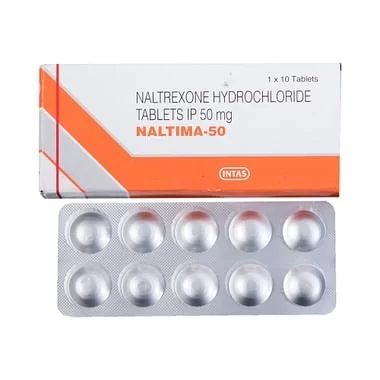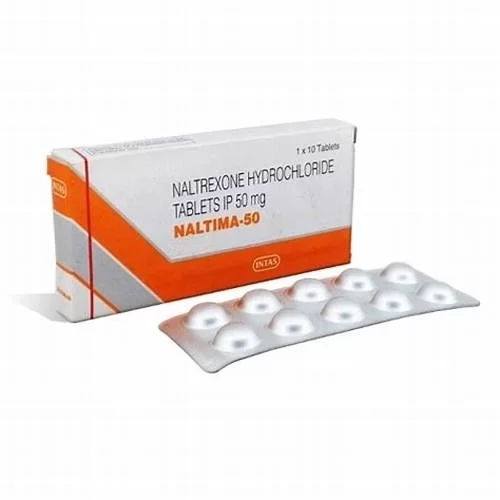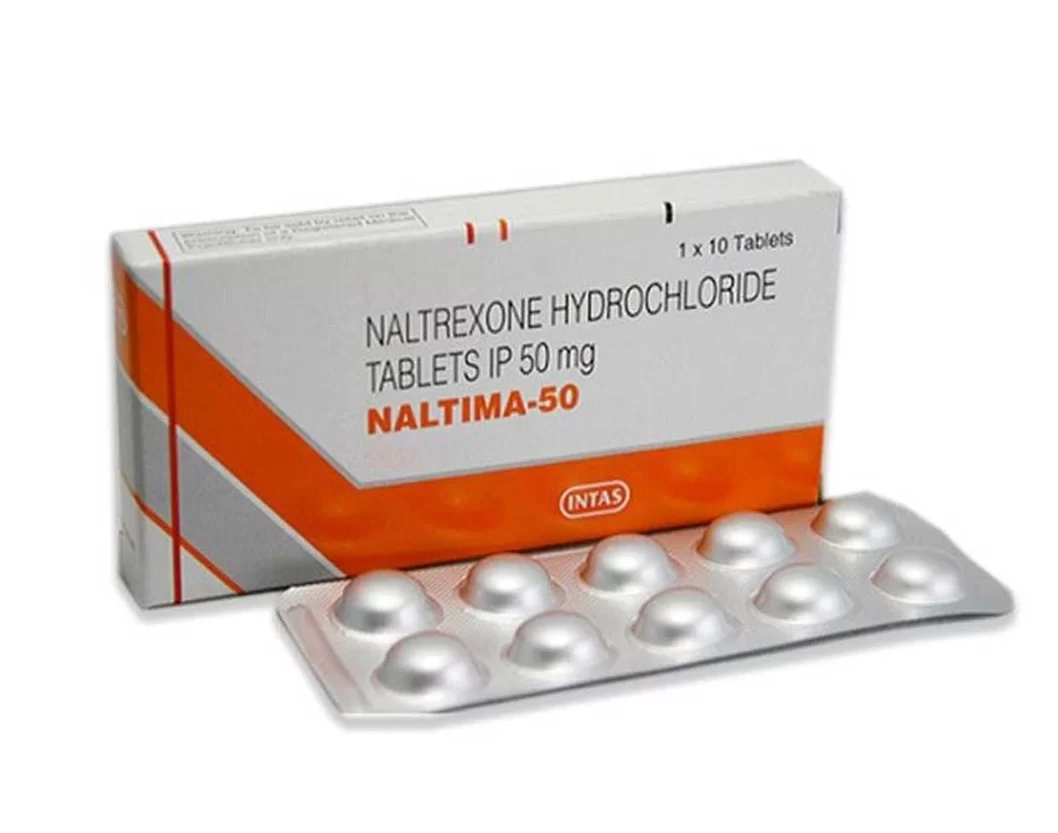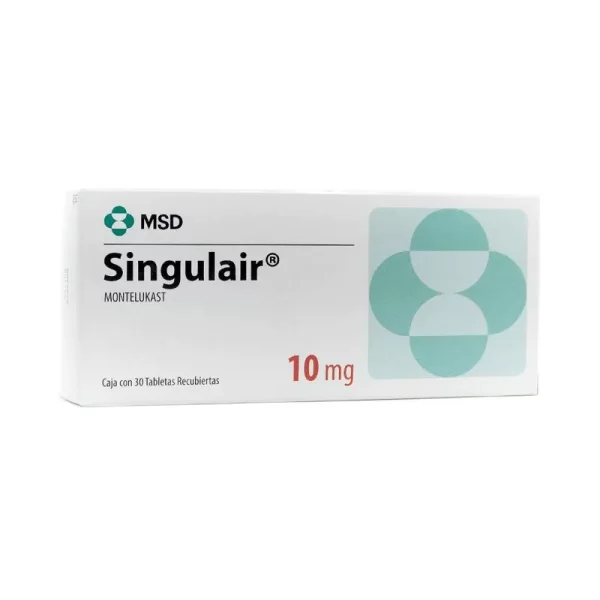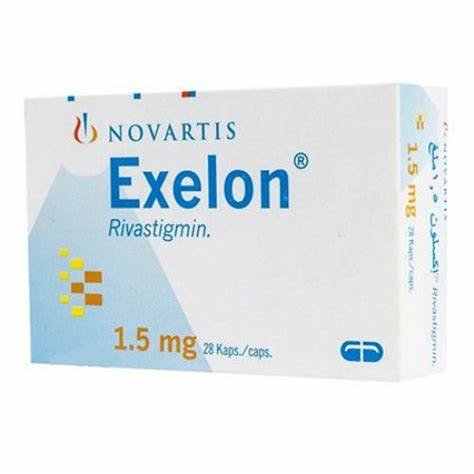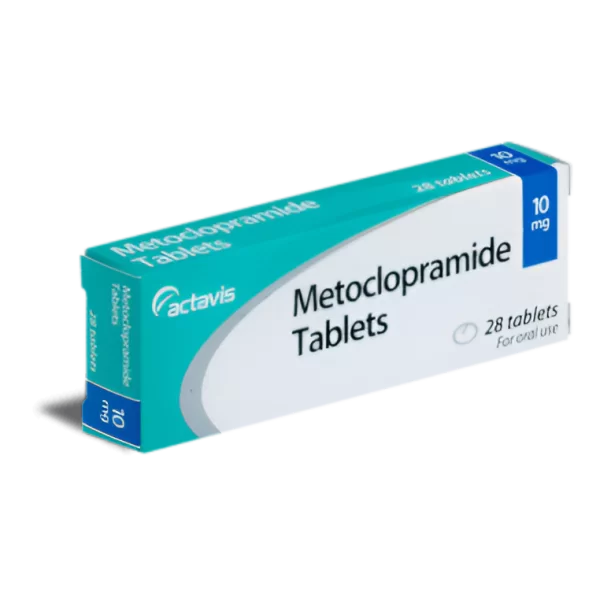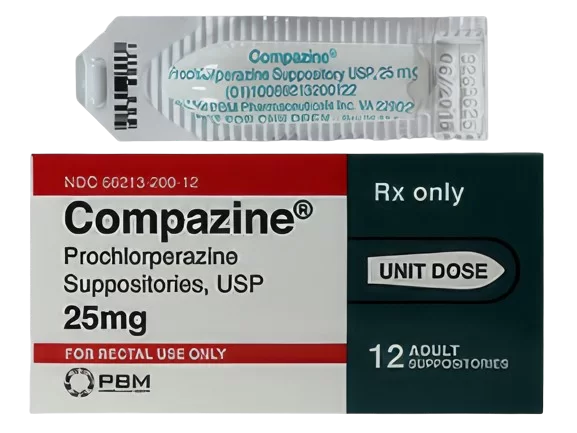
Naltrexone
Naltrexone - 50mg
Overview of Naltrexone
General Introduction to Naltrexone
- Naltrexone is an opioid antagonist used primarily in the management of opioid dependence and alcohol dependence. It helps prevent relapse by blocking the euphoric and sedative effects of opioids and reducing the desire to drink alcohol. Naltrexone is available in various forms, including oral tablets and extended-release injectable formulations.
Key Benefits and Unique Properties of Naltrexone
- Opioid Blockade: Effectively blocks the effects of opioids, helping to prevent relapse in opioid-dependent individuals.
- Alcohol Craving Reduction: Reduces the craving for alcohol and the pleasure associated with drinking.
- Extended-Release Formulation: Provides a long-lasting effect with once-monthly injections, improving adherence.
- Non-Addictive: Unlike opioid agonists, Naltrexone does not produce a euphoric effect, minimizing the potential for abuse.
- Adjunct to Behavioral Therapy: Often used in combination with behavioral therapies for a comprehensive approach to addiction treatment.
- Improves Treatment Outcomes: Enhances the likelihood of sustained abstinence when used as part of a structured treatment program.
Effectiveness of Naltrexone
- Clinical studies have demonstrated the effectiveness of Naltrexone in reducing opioid and alcohol relapse rates. It is particularly beneficial when combined with counseling and support programs, leading to improved treatment outcomes.
Safety and Tolerability of Naltrexone
- Naltrexone is generally well-tolerated. Common side effects include nausea, headache, dizziness, fatigue, and insomnia. Serious side effects are rare but can include liver toxicity, especially at higher doses. Regular monitoring of liver function is recommended.
Indications for Use of Naltrexone
Diseases and Conditions Treated by Naltrexone
- Naltrexone is indicated for the management of opioid dependence and alcohol dependence. It is used to prevent relapse after detoxification and to support abstinence.
Primary Symptoms and Indications for Naltrexone
- Opioid Dependence: Used to prevent relapse in individuals who have detoxified from opioids.
- Alcohol Dependence: Reduces the craving for alcohol and helps maintain abstinence.
Dosage and Administration of Naltrexone
Recommended Dosage of Naltrexone
- For opioid dependence, the typical oral dose is 50 mg once daily. For alcohol dependence, the recommended dose is also 50 mg once daily. The extended-release injectable formulation is administered as 380 mg intramuscularly once a month.
Timing and Frequency of Naltrexone Administration
- Oral Tablets: Taken once daily, preferably at the same time each day to maintain consistent blood levels.
- Extended-Release Injection: Administered once a month by a healthcare provider.
Additional Recommendations for Naltrexone Use
- Proper Use: Follow the dosing instructions provided by a healthcare professional. Do not skip doses or discontinue use without consulting your healthcare provider.
- Missed Dose: If a dose is missed, take it as soon as remembered unless it is almost time for the next dose. Do not double the dose to make up for the missed one.
Mechanism of Action of Naltrexone
Description of Naltrexone Mechanism
- Naltrexone works by competitively binding to opioid receptors in the brain, blocking the effects of opioids. It also modulates the brain’s reward system, reducing the reinforcing effects of alcohol.
Biochemical Processes Involving Naltrexone
- Opioid Receptor Antagonism: Binds to mu-opioid receptors without activating them, preventing opioids from producing their euphoric and sedative effects.
- Modulation of Dopamine Pathways: Alters dopamine release, reducing the pleasure associated with alcohol consumption.
Physiological Effects of Naltrexone
- Prevention of Opioid Effects: Blocks the effects of opioids, helping to prevent relapse in opioid-dependent individuals.
- Reduction of Alcohol Craving: Decreases the craving for alcohol, aiding in the maintenance of abstinence.
Composition of Naltrexone
Active Ingredients in Naltrexone
- The active ingredient in Naltrexone is naltrexone hydrochloride, which functions as an opioid antagonist.
Inactive Ingredients in Naltrexone
- Inactive ingredients may include microcrystalline cellulose, lactose monohydrate, magnesium stearate, and others depending on the formulation. These ingredients help stabilize the formulation and ensure proper delivery of the medication.
Side Effects of Naltrexone
General Introduction
- Understanding potential side effects helps ensure the safe use of Naltrexone. Patients should be aware of common and serious side effects to monitor their health effectively while on the medication.
Possible Side Effects of Naltrexone
- Common Side Effects: Nausea, headache, dizziness, fatigue, and insomnia. These side effects are usually mild and transient.
- Less Common Side Effects: Some patients may experience diarrhea, constipation, increased thirst, and decreased appetite.
- Serious Side Effects: Rare but serious side effects include liver toxicity, allergic reactions, and depression. Immediate medical attention is required if any serious side effects occur.
Frequency and Severity of Naltrexone Side Effects
- Common side effects are generally mild and do not significantly interfere with daily activities. Severe side effects are rare but can be serious, necessitating immediate medical intervention. Regular follow-ups and patient education on correct usage can minimize risks.
Prevention of Side Effects of Naltrexone
General Introduction
- Preventing side effects is key to maximizing the therapeutic benefits of Naltrexone. By following preventive measures, patients can reduce the likelihood of experiencing adverse reactions.
Tips for Preventing Naltrexone Side Effects
- Proper Technique: Use Naltrexone as directed, following the instructions for proper administration.
- Regular Monitoring: Regular check-ups with healthcare providers can help detect and manage potential side effects early.
- Healthy Practices: Avoid alcohol and other substances that can interact with Naltrexone and increase the risk of side effects.
- Consult Healthcare Providers: Inform your healthcare provider about any other medications or supplements to avoid potential interactions.
Contraindications for Naltrexone
General Introduction
- Understanding contraindications ensures the safe use of Naltrexone. Certain conditions and diseases may preclude the use of this medication.
Conditions and Diseases Contraindicating Naltrexone
- Hypersensitivity: Patients with a known hypersensitivity to Naltrexone or any of its components should not use this medication. Allergic reactions can include symptoms such as rash, itching, swelling, and difficulty breathing.
- Acute Hepatitis or Liver Failure: Contraindicated in patients with acute hepatitis or liver failure due to the risk of liver toxicity.
- Opioid Dependence: Patients currently dependent on opioids should not use Naltrexone until they have been opioid-free for at least 7-10 days to avoid precipitating withdrawal.
Warnings/Precautions for Naltrexone
General Introduction
- Following precautions is essential to ensure the safe and effective use of Naltrexone. Patients should be informed about potential risks and how to mitigate them.
Important Warnings for Naltrexone
- Liver Function: Regular monitoring of liver function is recommended due to the risk of liver toxicity.
- Precipitated Withdrawal: Can cause precipitated withdrawal in opioid-dependent patients; ensure patients are opioid-free before starting treatment.
- Psychiatric Effects: Monitor for signs of depression or suicidal thoughts, especially in patients with a history of psychiatric disorders.
Precautions for Naltrexone Use
- Regular Monitoring: Regular check-ups with healthcare providers are essential to monitor for potential side effects and ensure effective treatment.
- Patient Education: Patients should be educated on the proper use of Naltrexone, recognizing signs of serious side effects, and when to seek medical help.
Missed Dose of Naltrexone
General Introduction
- Proper management of missed doses helps maintain effective treatment outcomes. Patients should be aware of how to handle missed doses to avoid disruptions in their treatment regimen.
Steps to Take if a Dose is Missed
- Timely Action: Take the missed dose as soon as remembered unless it is almost time for the next dose.
- Avoid Doubling: Do not double the dose to make up for the missed one. Instead, continue with the next dose as scheduled.
Tips for Adherence to Dosing Schedule
- Set Reminders: Use alarms or reminders on your phone to remember to take your doses.
- Consistent Routine: Take the medication at the same time every day to reduce the likelihood of missing a dose.
- Medication Organizer: Use a pill organizer to keep track of your doses and avoid missing any.
Drug Interactions with Naltrexone
General Introduction
- Understanding drug interactions is crucial for ensuring the safe use of Naltrexone. Some medications can affect the action of Naltrexone or increase the risk of side effects.
Examples of Drug Interactions
- Opioid Analgesics: Using Naltrexone with opioid analgesics can block their effects, making them ineffective for pain relief and potentially precipitating withdrawal symptoms. -- Thioridazine: Co-administration with thioridazine can increase somnolence and sedation.
- Disulfiram: Using Naltrexone with disulfiram can increase the risk of liver toxicity.
- Antidepressants: Some antidepressants may have altered effects when taken with Naltrexone, requiring careful monitoring.
Preventing Negative Interactions
- Inform Healthcare Providers: Inform your healthcare provider about all medications and supplements you are taking.
- Monitor for Symptoms: Watch for signs of side effects or unusual reactions and report them to your healthcare provider promptly.
Overdose of Naltrexone
Symptoms of Overdose
- Common Symptoms: Nausea, vomiting, diarrhea, and dizziness.
- Severe Symptoms: Signs of liver damage, such as jaundice, severe abdominal pain, and dark urine.
Immediate Actions in Case of Overdose
- Seek Medical Help: Immediately seek medical attention if an overdose is suspected.
- Supportive Measures: Medical personnel may provide supportive measures such as monitoring vital signs, administering activated charcoal, and providing symptomatic treatment.
Pharmacokinetics of Naltrexone
Absorption
- Rate and Extent: Naltrexone is well-absorbed after oral administration, with peak plasma concentrations occurring within 1 hour.
Distribution
- Tissue Distribution: Naltrexone and its metabolites are widely distributed throughout the body, including the brain and liver.
Metabolism
- Metabolic Pathways: Naltrexone is metabolized in the liver to its primary active metabolite, 6-beta-naltrexol.
Elimination
- Excretion: Excreted primarily in the urine, with approximately 60% of the dose recovered as metabolites.
- Half-Life: The half-life of Naltrexone is approximately 4 hours, while its active metabolite, 6-beta-naltrexol, has a half-life of 13 hours.
Dosage Forms of Naltrexone
Available Forms and Strengths
- Oral Tablets: 50 mg.
- Extended-Release Injectable: 380 mg per vial for intramuscular injection.
Advantages of Different Forms
- Oral Tablets: Convenient for daily administration.
- Extended-Release Injection: Provides a sustained effect with once-monthly administration, improving adherence.
Pregnancy and Breastfeeding
Safety During Pregnancy
- Risks to Fetus: The safety of Naltrexone during pregnancy has not been fully established. Animal studies have shown adverse effects, but human data is limited.
- Recommendations: Naltrexone should only be used during pregnancy if the potential benefits justify the potential risks to the fetus.
Safety During Breastfeeding
- Excretion in Breast Milk: Naltrexone is excreted in breast milk in small amounts.
- Recommendations: Due to potential risks to the breastfeeding infant, it is recommended to avoid using Naltrexone while breastfeeding unless necessary.
Storage Conditions
General Storage Recommendations
- Storage Temperature: Store at room temperature between 20°C to 25°C (68°F to 77°F).
- Protection from Light and Moisture: Keep in the original packaging, protected from light and moisture.
Shelf Life
- Expiration Date: Check the expiration date on the package and do not use the medication after it has expired.
Clinical Trials and Efficacy
Overview of Clinical Trials
- Study Design and Methods: Clinical trials include randomized controlled trials assessing the efficacy and safety of Naltrexone in the treatment of opioid and alcohol dependence.
Key Findings and Conclusions
- Efficacy Results: Studies have shown that Naltrexone is effective in reducing relapse rates in both opioid and alcohol dependence.
- Safety Profile: Side effects are generally mild and transient, with serious side effects being rare when used correctly.
Conclusion
Summary of Key Aspects:
- Naltrexone is an effective opioid antagonist used in the treatment of opioid and alcohol dependence. It provides significant benefits in preventing relapse and supporting abstinence when used as part of a comprehensive treatment program.
Recommendations for Improving Therapy:
- Follow healthcare professional instructions to optimize treatment and minimize the risk of side effects. Regular check-ups and informing your doctor of any health changes will help maintain the effectiveness of the therapy.
Final Conclusion:
- Naltrexone provides essential support in managing addiction and helps improve the quality of life for patients struggling with opioid and alcohol dependence. Proper use and adherence to precautions maximize the therapeutic benefits and minimize risks.
